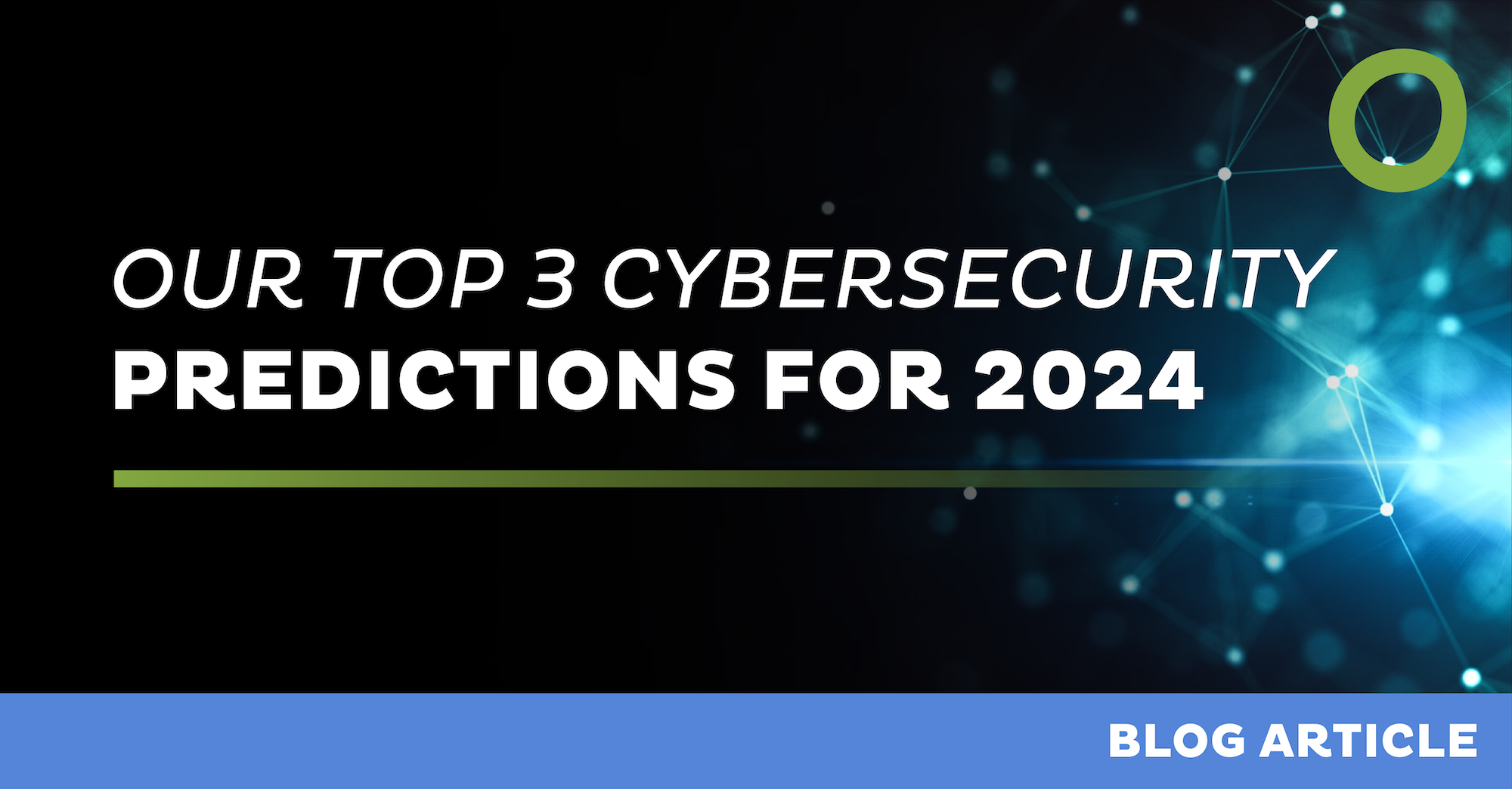Enhance cyber resilience for better protection against evolving attacks.
Enhance cyber resilience for better protection against evolving attacks.
Blog Article
Top Cybersecurity Forecasts for 2024: Remain Ahead of Emerging Threats
As we approach 2024, the cybersecurity landscape is poised for substantial transformation, driven by emerging risks that organizations should not just anticipate yet additionally purposefully address. With regulative modifications on the horizon and a critical emphasis on cybersecurity training, it is imperative for companies to reassess their techniques to stay durable.
Increase of AI-Driven Strikes
As companies progressively take on expert system technologies, the potential for AI-driven attacks is becoming a paramount issue in cybersecurity. Cybercriminals are leveraging AI to improve the class and effectiveness of their assaults, producing a landscape where conventional safety procedures might falter. These attacks can exploit artificial intelligence algorithms to identify susceptabilities in systems and networks, bring about extra targeted and harmful violations.
AI can automate the reconnaissance phase of an attack, allowing adversaries to gather substantial quantities of information swiftly (cyber resilience). This capacity not just shortens the time called for to release a strike yet additionally raises its accuracy, making it harder for defenders to anticipate and mitigate hazards. In addition, AI can be made use of to develop persuading phishing schemes, generate deepfake content, or control information, additionally making complex the cybersecurity landscape
Organizations need to focus on the assimilation of AI-driven cybersecurity solutions to respond to these arising hazards. By using advanced hazard discovery systems, organizations can boost their capability to recognize and counteract AI-generated strikes in genuine time. Constant financial investment in training and understanding programs is also critical, as it gears up workers to identify and respond to possible AI-driven threats successfully.
Increased Ransomware Refinement
The rise of AI-driven attacks is not the only pattern improving the cybersecurity landscape; ransomware strikes have actually additionally evolved, ending up being progressively innovative and targeted. As cybercriminals improve their methods, organizations deal with increased threats that require flexible techniques to minimize prospective damages.
Modern ransomware hazards currently leverage advanced methods, such as double extortion, where attackers not only secure information but also threaten to leak sensitive information if their needs are not met. This includes an added layer of stress on targets, often engaging them to pay ransom money to secure their track records and client trust fund.
Furthermore, the use of automated tools and artificial intelligence formulas by perpetrators has streamlined the attack process, enabling them to determine susceptabilities more successfully and customize their strategies against details targets. Such developments have caused a worrying surge of attacks on important infrastructure, health care systems, and supply chains, highlighting the demand for robust cybersecurity structures that prioritize real-time hazard discovery and response.
To counter these developing hazards, companies must purchase thorough training, advanced security modern technologies, and occurrence response prepares that incorporate lessons gained from past ransomware cases, ensuring they remain one step in advance of progressively complex strikes.
Growth of IoT Susceptabilities
With the rapid development of the Internet of Points (IoT), susceptabilities associated with these interconnected tools have ended up being a vital concern for companies and individuals alike. The spreading of smart tools, from home appliances to commercial sensors, has actually developed an extensive assault surface for cybercriminals. Lots of IoT devices are released with marginal safety and security methods, often making use of default passwords or outdated firmware, making them vulnerable to exploitation.
As tools become interconnected, the capacity for massive strikes boosts. For instance, endangered IoT tools can act as entrance points for attackers to penetrate more secure networks or launch Dispersed Denial of Solution (DDoS) assaults. cyber attacks. The lack of standardization in IoT safety determines additional aggravates these susceptabilities, as differing suppliers implement varying degrees of protection
In addition, the raising sophistication of malware targeting IoT devices positions significant risks. Threat stars are consistently creating brand-new techniques to make use of these weaknesses, resulting in potential data violations and unapproved access to sensitive information. As we move right into 2024, companies need to focus on IoT safety, carrying out durable procedures to guard their networks and minimize the dangers related to this quickly growing landscape.
Regulatory Changes Influencing Protection

In 2024, we anticipate to click resources see more strict conformity requirements for organizations, especially those that make or deploy IoT gadgets. The intro of guidelines such as the European Union's Cyber Resilience Act and updates to existing frameworks like the NIST Cybersecurity Structure will stress safety by design. Organizations will be mandated to implement robust safety and security actions from the preliminary phases of product growth, ensuring an aggressive stance versus prospective vulnerabilities.
In addition, governing bodies are likely to enforce considerable penalties for non-compliance, engaging companies to focus on cybersecurity investments. This change will certainly not just enhance the general security position of organizations yet will certainly also foster a culture of liability in shielding customer information. As regulations tighten, the onus will significantly drop on business to demonstrate compliance and secure against the ever-evolving risks in the electronic landscape.
Focus on Cybersecurity Training
Organizations' dedication to cybersecurity training is ending up being significantly critical as threats evolve and assault vectors multiply. With cybercriminals continuously developing sophisticated methods, it is paramount for employees at all degrees to recognize the dangers and acknowledge their role in reducing them. Comprehensive training programs equip staff with the expertise and abilities needed to determine potential threats, such as phishing strikes, social design strategies, and malware.
Furthermore, a culture of cybersecurity awareness cultivates alertness amongst workers, reducing the chance of human mistake, which stays a considerable vulnerability official source in many companies. Frequently updated training components that show the most recent risks will ensure that staff continue to be educated and capable of reacting effectively.


In 2024, companies will likely focus on ongoing education and simulation workouts, enabling workers to exercise their reaction to real-world situations. Cooperation with cybersecurity experts for customized training remedies might also end up being a lot more typical. Ultimately, purchasing worker training not just reinforces an organization's protection position however likewise grows an aggressive strategy to cybersecurity, reinforcing the idea that protection is a common responsibility throughout the venture.
Final Thought
In conclusion, the cybersecurity landscape in 2024 will certainly be shaped by my latest blog post the rise of AI-driven strikes, significantly advanced ransomware tactics, and the development of susceptabilities connected with IoT tools. Governing modifications will certainly require enhanced conformity procedures, highlighting the importance of incorporating security deliberately. A solid emphasis on comprehensive cybersecurity training will be crucial in cultivating a business society resilient to arising hazards. Proactive adjustment to these fads will be crucial for reliable protection strategies.
Report this page